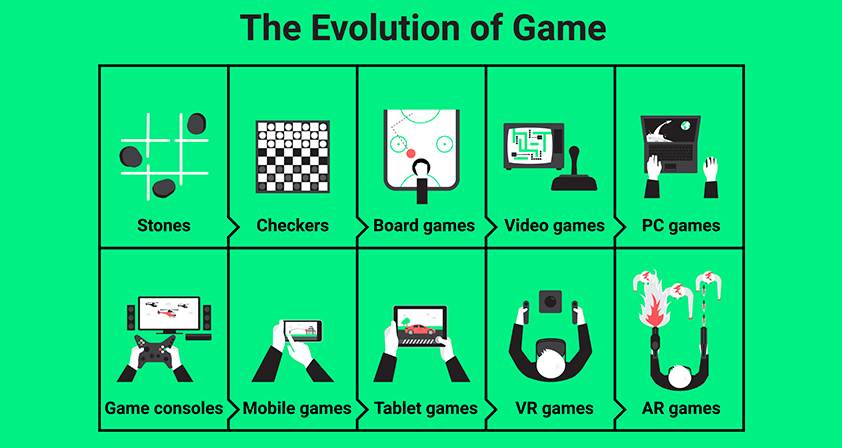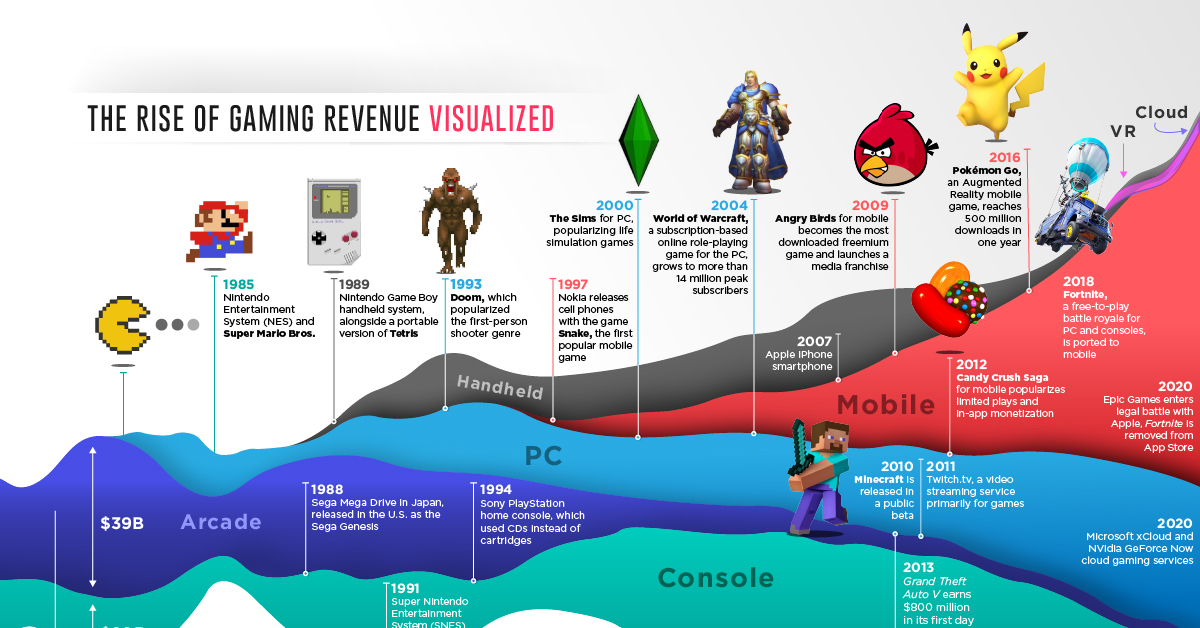Escape the Prison 2025: A Digital Journey of Escape and Problem-Solving
Related Articles: Escape the Prison 2025: A Digital Journey of Escape and Problem-Solving
Introduction
With enthusiasm, let’s navigate through the intriguing topic related to Escape the Prison 2025: A Digital Journey of Escape and Problem-Solving. Let’s weave interesting information and offer fresh perspectives to the readers.
Table of Content
Escape the Prison 2025: A Digital Journey of Escape and Problem-Solving

Escape the Prison 2025, a popular online game, immerses players in a captivating narrative of wrongful imprisonment and the subsequent pursuit of freedom. The game, set in a futuristic prison facility, challenges players to utilize their problem-solving skills, critical thinking, and resourcefulness to navigate a complex environment and ultimately escape confinement.
Gameplay and Narrative:
The game’s narrative is central to the experience. Players assume the role of an innocent individual wrongly convicted and incarcerated in a high-security prison. The prison, designed with advanced technology and security measures, presents a formidable obstacle to escape. Players must navigate a series of interconnected puzzles, riddles, and challenges, each requiring a unique solution. The environment itself is intricately designed, offering hidden clues and opportunities for exploration.
The gameplay mechanics are intuitive and engaging. Players interact with the environment through point-and-click actions, manipulating objects, solving puzzles, and interacting with other inmates. The game features a dynamic environment, with elements changing based on player actions and choices.
Key Features and Gameplay Mechanics:
- Interactive Environment: Players engage with a meticulously crafted prison environment, exploring hidden areas, deciphering clues, and manipulating objects.
- Puzzle-Solving: The game features a variety of puzzles, ranging from logical deductions to intricate mechanical puzzles, requiring players to utilize their critical thinking and problem-solving skills.
- Resource Management: Players must gather resources, manage inventory, and utilize them strategically to overcome obstacles and advance through the game.
- Character Interaction: While the primary focus is on escaping the prison, players encounter other inmates and characters, each with their own stories and motivations.
- Multiple Endings: The game offers different outcomes based on player choices and actions, adding replay value and encouraging strategic decision-making.
Educational and Cognitive Benefits:
Beyond its entertainment value, Escape the Prison 2025 offers several educational and cognitive benefits:
- Problem-Solving Skills: The game’s intricate puzzles and challenges encourage players to develop and refine their problem-solving skills, fostering a logical and analytical approach to problem-solving.
- Critical Thinking: The game requires players to think critically, analyze information, and make informed decisions based on available clues and resources.
- Spatial Reasoning: Navigating the prison environment, identifying hidden passages, and manipulating objects require players to develop spatial reasoning skills.
- Resource Management: The game’s resource management element encourages players to plan strategically, prioritize tasks, and make efficient use of available resources.
- Attention to Detail: The game’s intricate environment and hidden clues necessitate keen observation and attention to detail, improving players’ focus and concentration.
Importance and Impact:
Escape the Prison 2025 has garnered significant popularity due to its engaging narrative, immersive gameplay, and challenging puzzles. The game’s success highlights the growing trend of online games as platforms for entertainment and learning.
The game’s impact extends beyond individual enjoyment. Its immersive narrative and challenging puzzles contribute to the development of valuable cognitive skills, fostering critical thinking, problem-solving abilities, and resource management strategies. The game’s popularity also serves as a testament to the power of storytelling and immersive experiences in engaging players and fostering a sense of accomplishment.
FAQs:
Q: What are the system requirements for playing Escape the Prison 2025?
A: The game is accessible on most modern computers and mobile devices. The specific system requirements can be found on the game’s official website or app store listing.
Q: Is Escape the Prison 2025 a single-player or multiplayer game?
A: Escape the Prison 2025 is primarily a single-player game. However, some versions might offer online leaderboards or collaborative gameplay elements.
Q: What are some tips for successfully escaping the prison in Escape the Prison 2025?
A:
- Explore thoroughly: Pay attention to details and explore every nook and cranny of the prison environment. Hidden clues and opportunities might be overlooked if players rush through the game.
- Utilize resources wisely: Manage resources carefully, prioritizing tasks and utilizing them effectively to overcome obstacles.
- Think outside the box: Don’t be afraid to experiment and try different approaches to solving puzzles. Some solutions might not be immediately obvious.
- Seek help from other inmates: While the game is primarily a single-player experience, some inmates might offer valuable information or assistance.
- Practice patience and persistence: The game can be challenging at times, but persistence and a willingness to experiment will lead to success.
Conclusion:
Escape the Prison 2025 stands as a compelling example of how online games can provide engaging entertainment while simultaneously fostering valuable cognitive skills. Its immersive narrative, challenging puzzles, and rewarding gameplay offer a unique experience that captivates players and encourages critical thinking, problem-solving, and resource management. The game’s popularity and enduring appeal demonstrate the growing significance of online games as platforms for learning and entertainment, highlighting the potential for these digital experiences to contribute to personal growth and development.








Closure
Thus, we hope this article has provided valuable insights into Escape the Prison 2025: A Digital Journey of Escape and Problem-Solving. We hope you find this article informative and beneficial. See you in our next article!





























































![The Evolution of Gaming [Infographic] - ChurchMag](https://churchm.ag/wp-content/uploads/2010/11/the-evolution-of-gaming.jpg)














